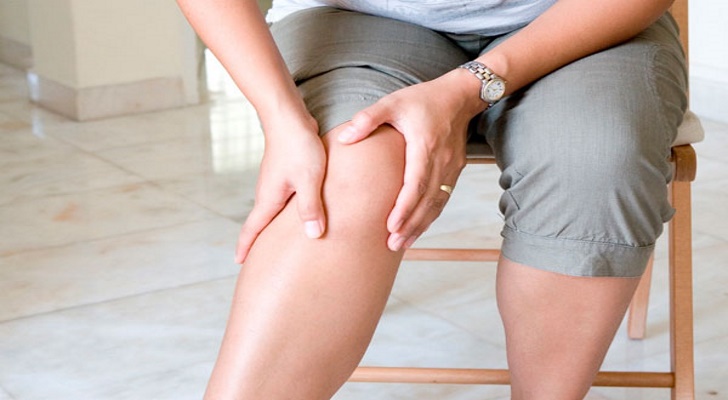
Scaled patches of silver color. Psoriatic arthritis can occur in people who have psoriasis and involves inflammatory processes that affect joint structures. In combination with plaque psoriasis, skin may show scaly, silvery-colored plaques in people who also have plaque psoriasis. These areas are frequently noted on the scalp, elbows, and knee folds, and their appearance can vary in size and thickness over time. The presentation on the skin and in the joints may fluctuate, with periods of increased prominence followed by calmer intervals; this section is educational and does not include treatment guidance.

Rheumatoid arthritis can share similar symptoms. Joint painfulness is one feature that can appear in both conditions, and psoriatic arthritis can be confused with rheumatoid arthritis, though they have differences. Features may include asymmetric joint discomfort and changes in skin color that appear over affected areas. Bone changes can vary in presentation and do not always follow a single pattern. Diagnosis and management are determined by clinical evaluation; this text is informational and focuses on how features may appear.

Changes in vision. Eyes may appear pink or red, and some people notice soreness or irritation. Altered visual clarity can be associated with conjunctival inflammation (the membrane covering eyelids and eyeballs), which may occur before joint changes or at the same time. Some individuals report increased sensitivity to light and a feeling of dryness or grittiness. The intensity of eye discomfort can vary from brief episodes to longer periods, and the sequence of eye and joint symptoms differs among individuals.

Psoriatic arthritis includes signs related to the skin and to the joints: the joints may swell and feel painful, and the surrounding skin can appear bluish-purple. Fingers and toes are often involved, and the swelling can make them appear sausage-like. Periods of increased swelling can alternate with quieter intervals, and stiffness may be more noticeable after rest. Local temperature and minor daily activities can influence how pronounced the swelling and color changes appear at a given time.

Asymmetrical pain. Unlike rheumatoid arthritis, psoriatic arthritis can include asymmetric pain. Sometimes fewer joints are involved, and the distribution can be uneven rather than mirrored on both sides. Tiredness and low energy can accompany these episodes and may fluctuate during the day. Management can be long-term and varies by person; this article does not provide treatment recommendations, and the examples here describe how symptoms may present in everyday life.

Back discomfort. Persistent stiffness in the lower back and sacrum over months or years can occur and may be associated with limitations in the lumbar spine or the entire spine. Restricted spinal mobility can be associated with psoriatic arthritis, and morning or prolonged-sitting stiffness may gradually ease with gentle movement. Turning to either side or bending forward and back may feel limited, and people sometimes adapt by rotating or bending with a relatively straight back to reduce discomfort.

Some people may notice changes in nail appearance. Nail changes can also appear in other conditions, and in psoriatic disease they may include thinning or thickening, a dull surface, and small depressions resembling a thimble surface. Some nails develop ridges or areas of discoloration that evolve over time. These features can be present in a progressive form of psoriatic disease for some individuals, while for others they remain mild and intermittent without a fixed pattern.

Tiredness and weakness. Beyond the joints and skin, psoriatic arthritis can be associated with systemic features. Some individuals report chest discomfort, palpitations, or a heavier sense of fatigue during flare-ups. Daily routines may require pacing or breaks when energy dips, and the overall sense of well-being can vary from day to day. This material is educational and does not provide medical advice; it characterizes patterns that people have described in relation to psoriatic disease.

Morning stiffness. The symptoms above are not sufficient for a diagnosis, and morning stiffness is another commonly reported feature in psoriatic arthritis. People describe a sensation as if the extremities are in tight pockets or gloves and the torso in a close-fitting garment that limits motion. With a relatively mild course, stiffness often eases within an hour or two after getting out of bed. With a more severe course, the sensation can persist into the afternoon, with variability related to activity, temperature, and rest.
Learn more about psoriatic arthritis at NIAMS.

